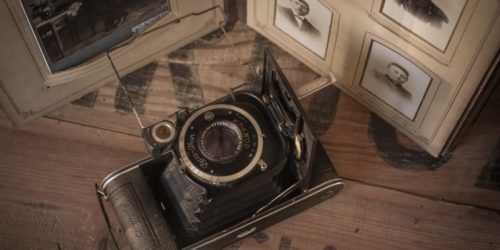Are There Orphans in Your Family Tree?
As you research back in your family tree, sooner or later your may find orphan ancestors. From the RootsWeb site: “Orphanages, which date from the seventeenth century in England, were originally workhouses, poorhouses, and asylums. Modern orphanages hardly resemble those depicted by Charles Dickens, but their purpose is the same: to shelter orphaned and abandoned children. Such institutions have existed in the United States for at least two centuries. They have been operated by civil authorities, religious groups, and private benefactors.”
“Orphanages, which date from the seventeenth century in England, were originally workhouses, poorhouses, and asylums. Modern orphanages hardly resemble those depicted by Charles Dickens, but their purpose is the same: to shelter orphaned and abandoned children. Such institutions have existed in the United States for at least two centuries. They have been operated by civil authorities, religious groups, and private benefactors.”
The Family History Guide can put you in touch with helpful resources to continue your research and break through brick walls you may be facing. Here are some examples of pages in The Family History Guide you can check out:
United States, Goal F1, Choice C
Choice C has an introduction video that covers orphanage as well as school and other U.S. records. It also has
- Ancestry articles about orphanages and orphan trains
- A three-part RootsTech video series on climbing over brick walls through orphan research
U.S. State Pages
In Goal 7 for each U.S. state page, Choice B has a link to the corresponding state page on the OrphanFInder.com site. This site has a large collection of resources for orphan research, state by state. For example, here’s the Arkansas state page on the site:
https://www.thefhguide.com/project-9-us-arkansas07.html
Knowledgebase
The U.S. / General Knowledgebase has a brief section on terms and concepts for orphanages.
Poorhouses and Workhouses
In the British Isles, the forerunners for orphanages were poorhouses and workhouses. See the following resources in The Family History Guide:
England: Goal 5, Choice C (see the Poor, Workhouse, and Debtors section)
Ireland: Goal 8, Choice B (see Poor Law and Workhouses)
Norway
The last step in Goal 1, Choice A has an article link for orphanage records in Norway.





